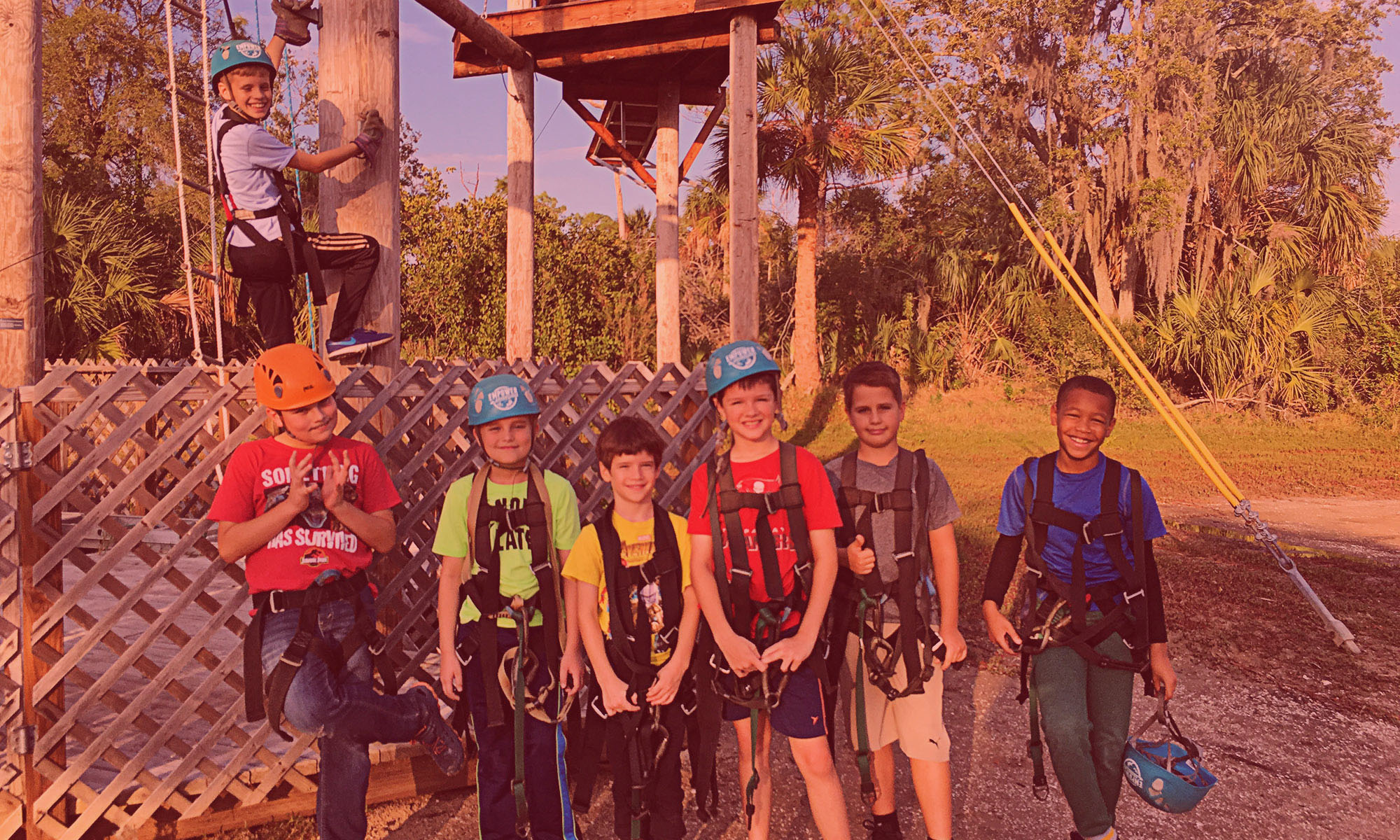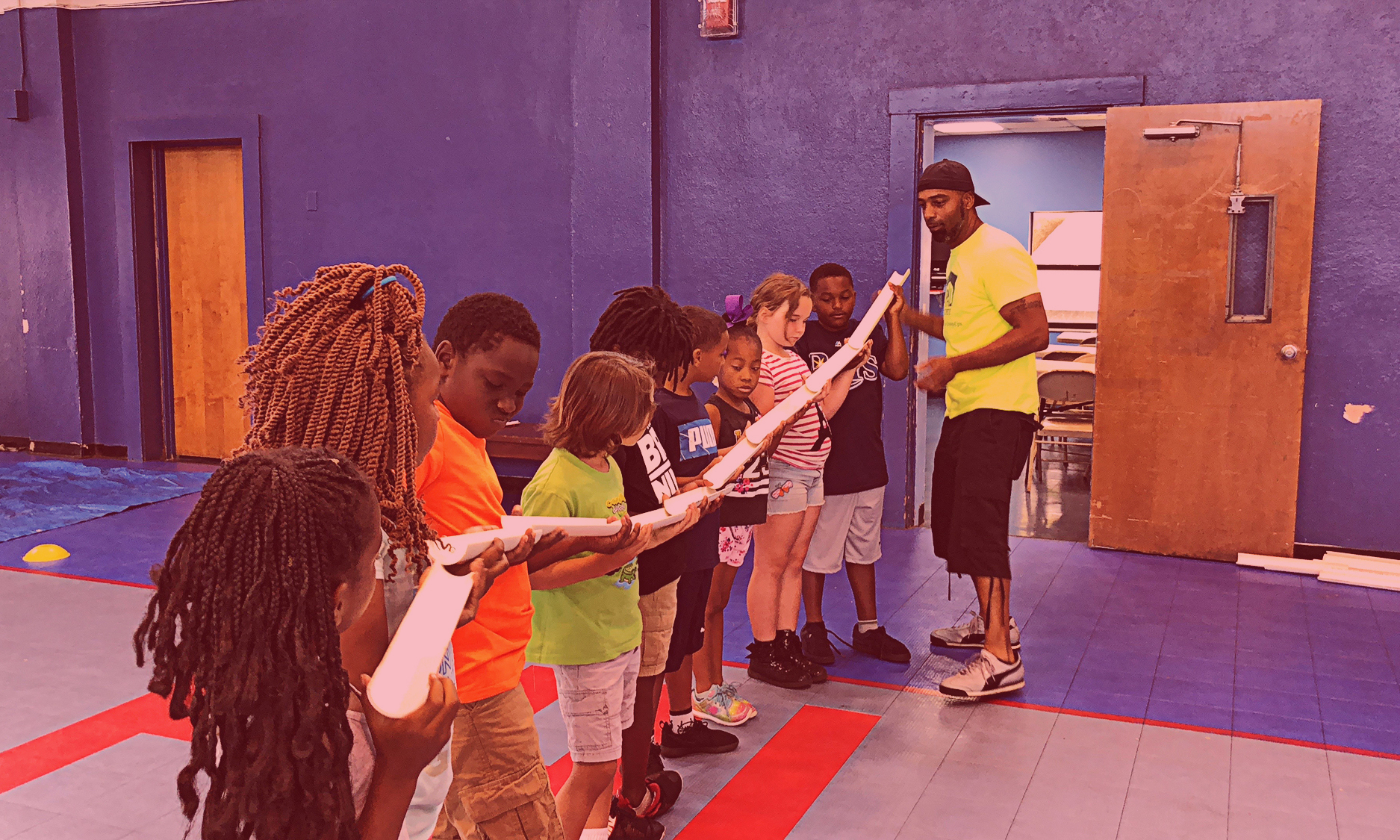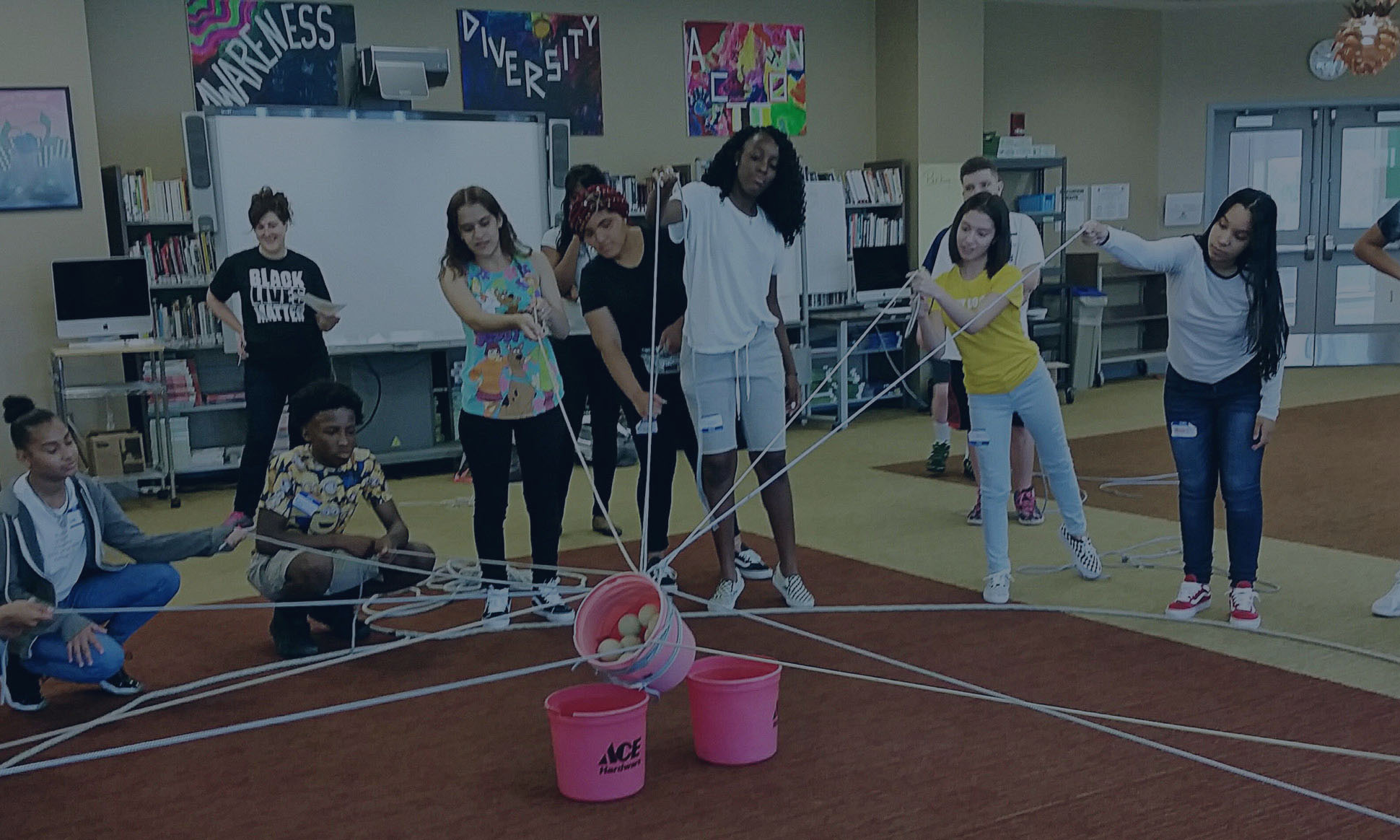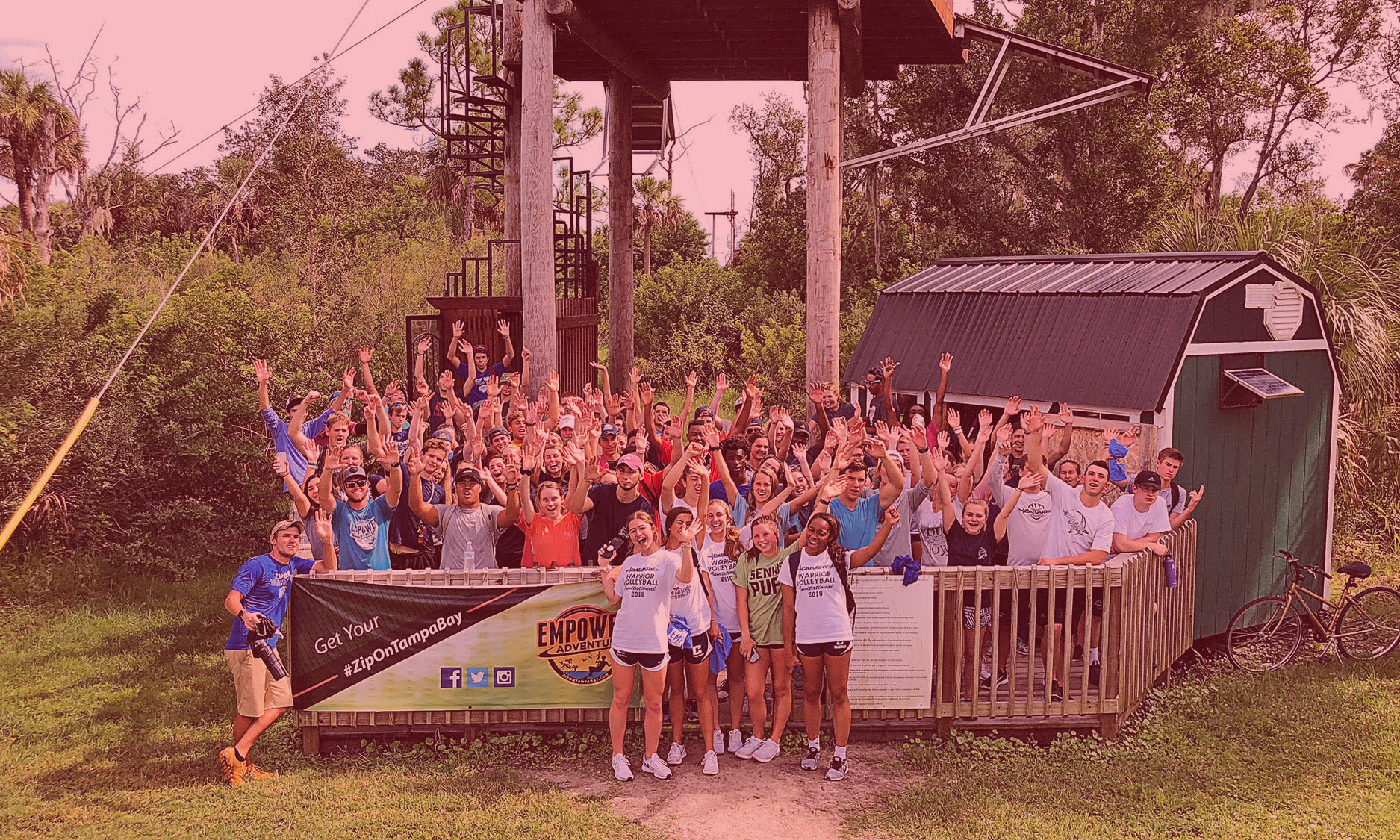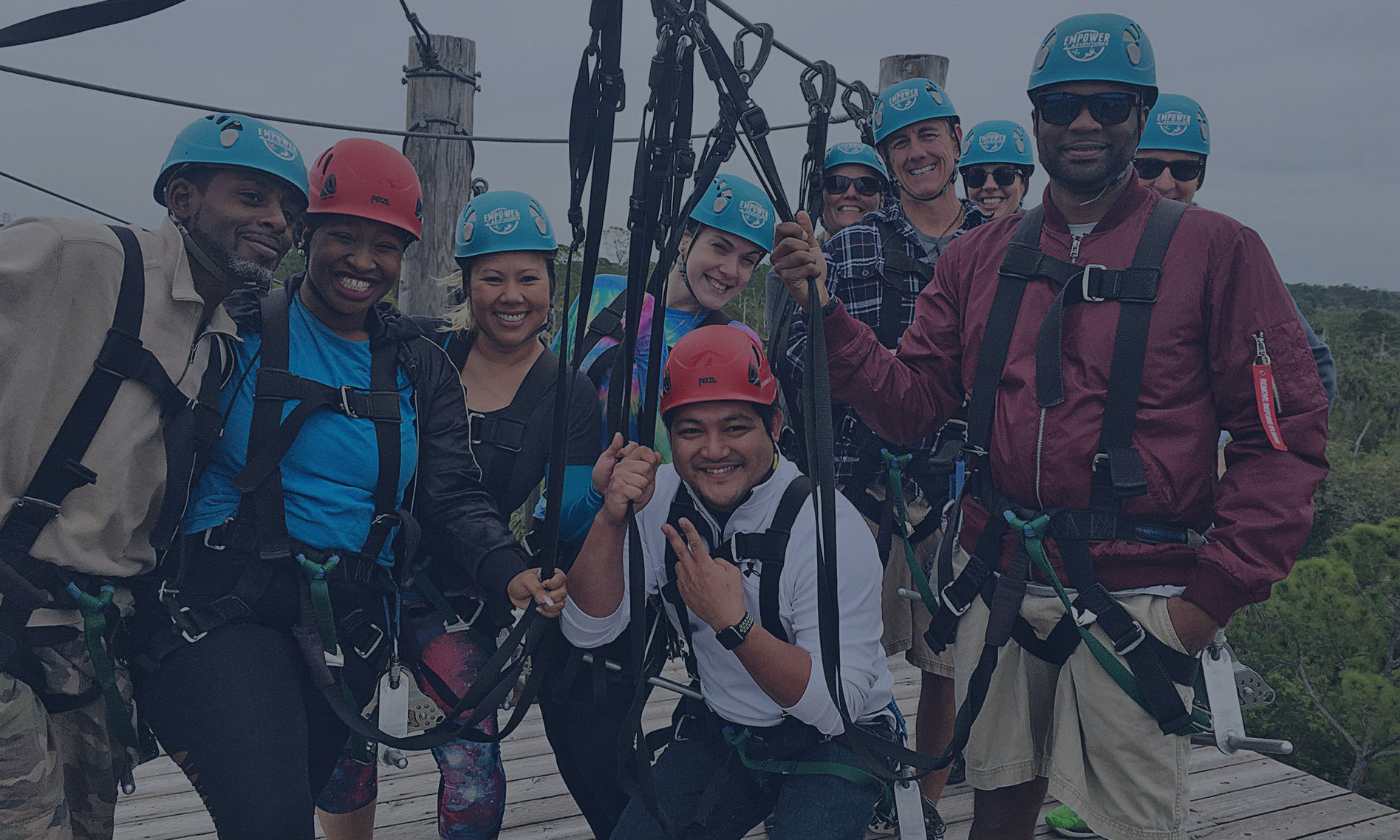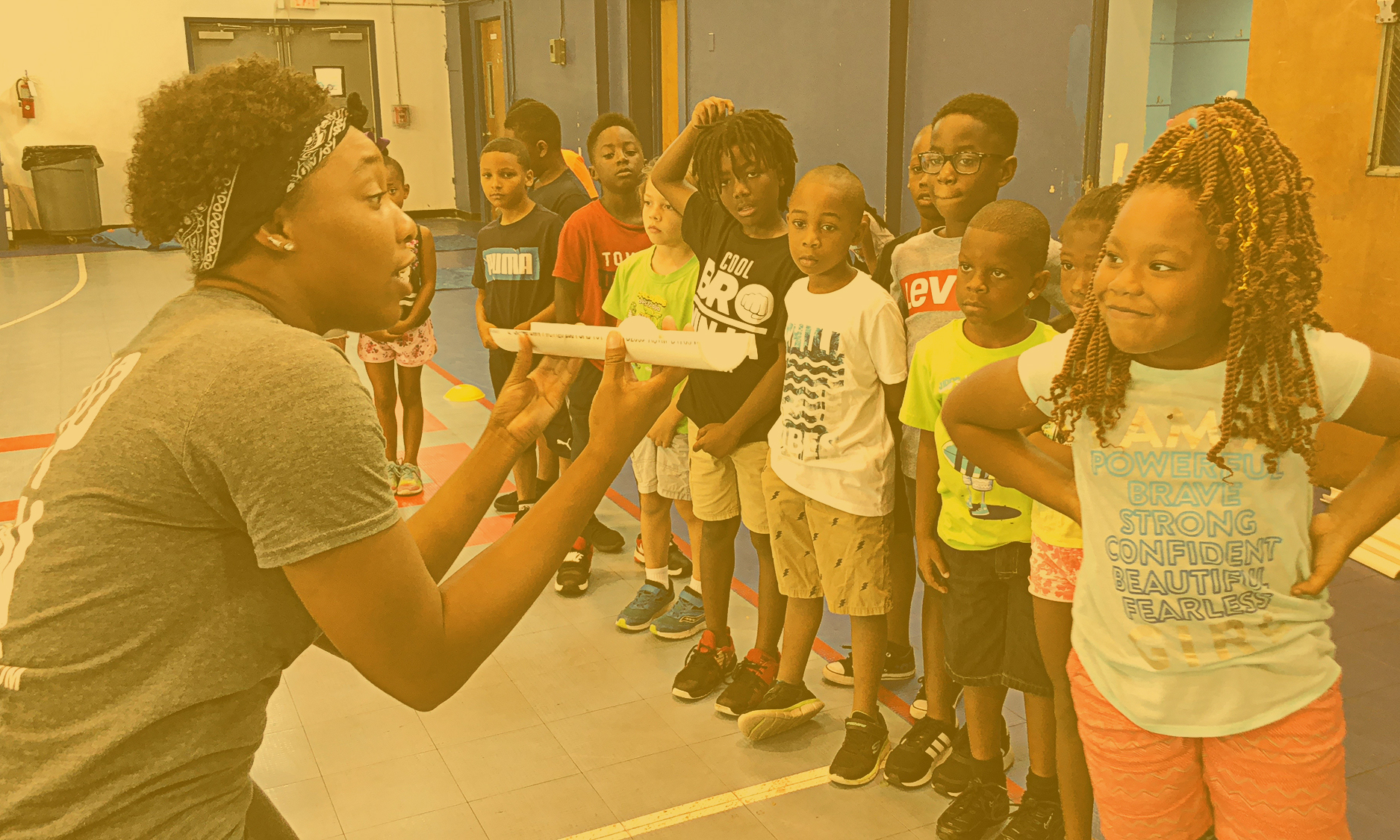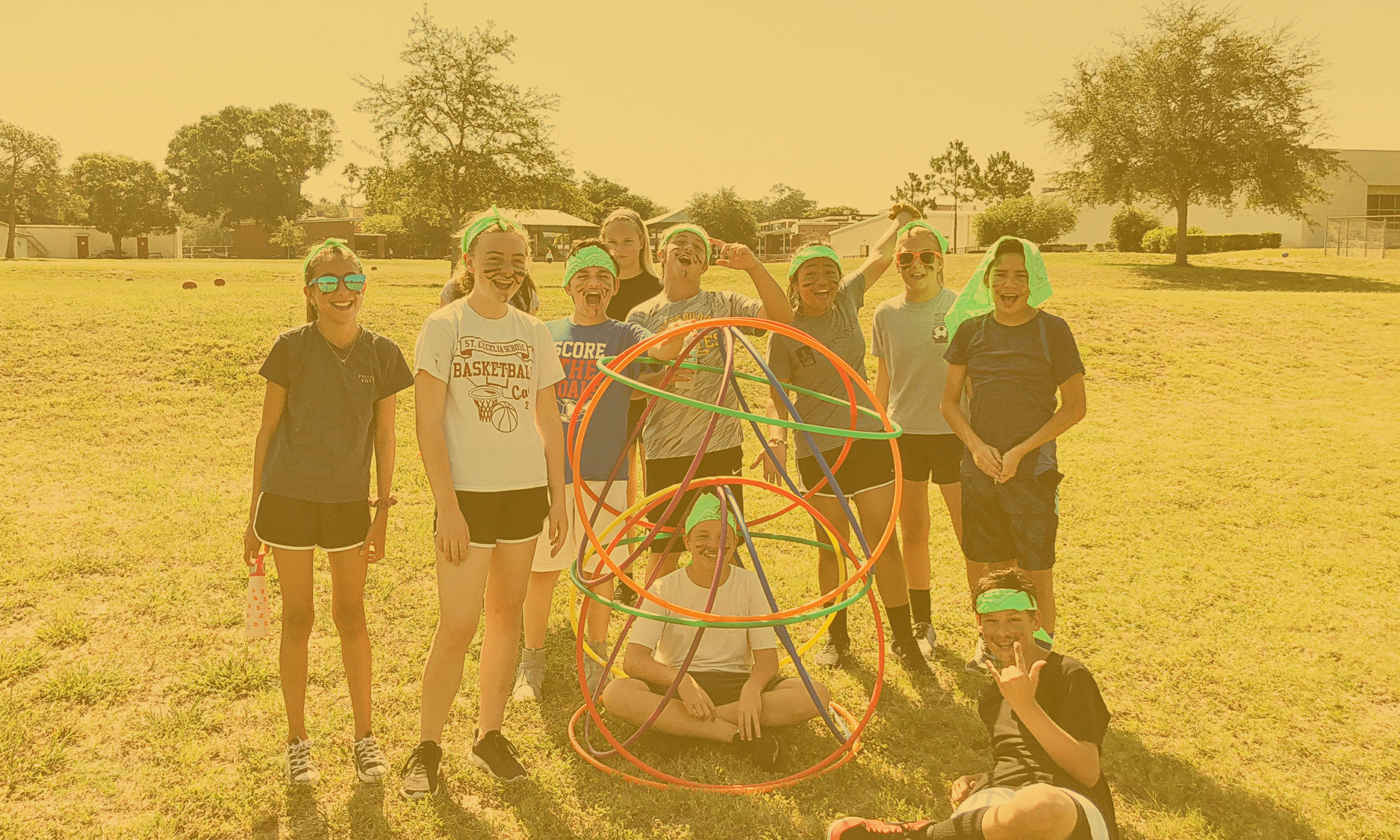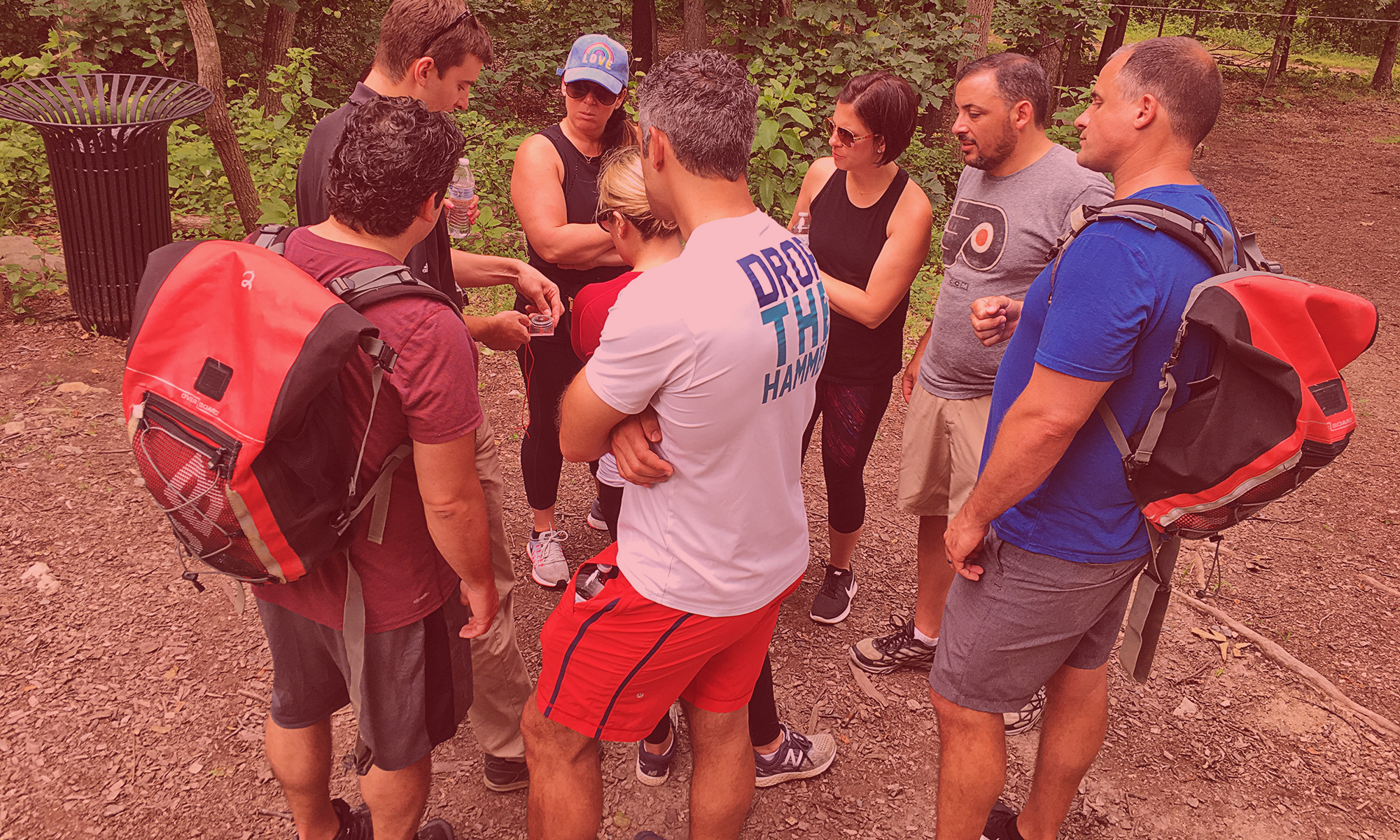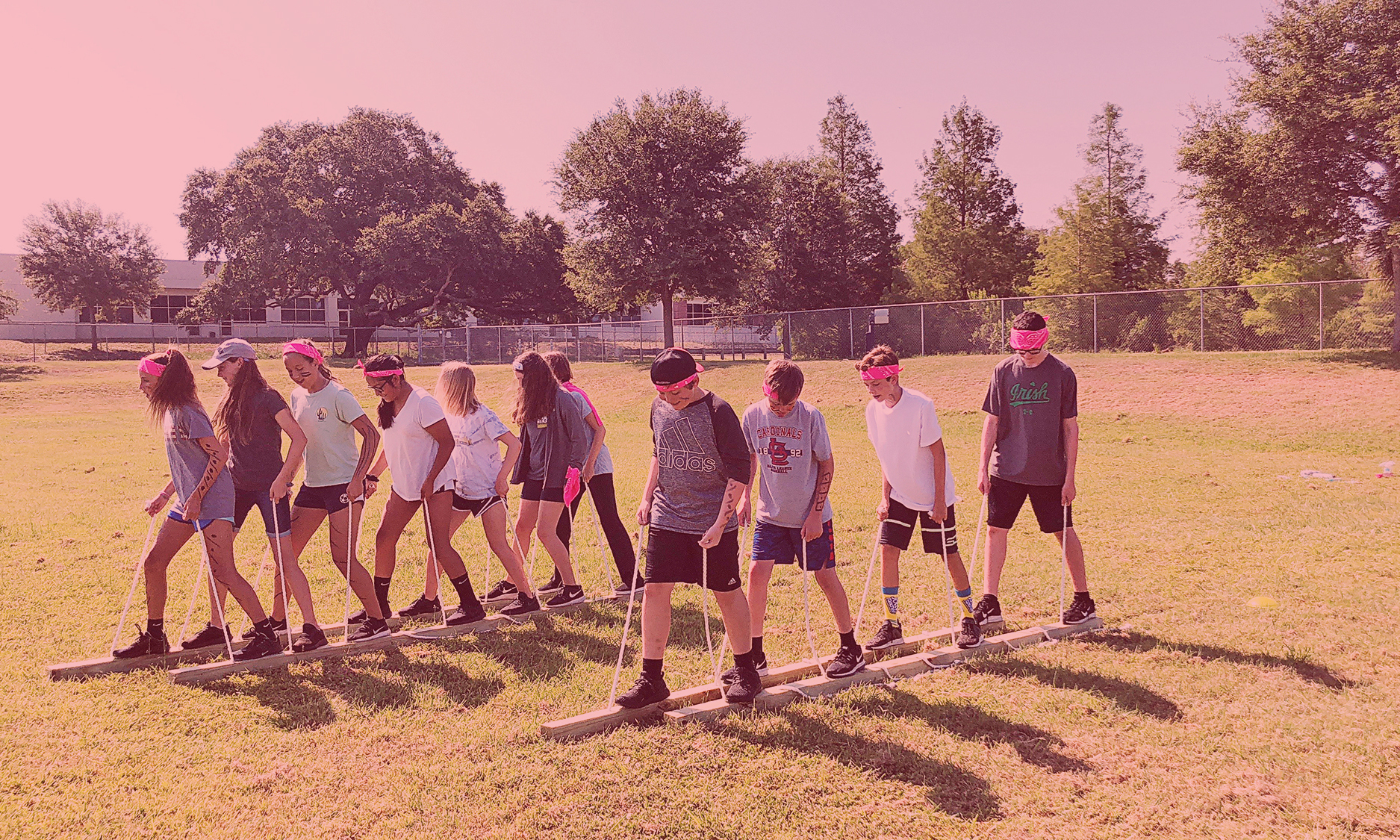How Do You Develop Confidence?
The “career” of classic cartoon character, Wile E. Coyote, can be defined by thousands of unsuccessful attempts to capture and eat the Road Runner. Coyote put thought and strategy into each of his plots, however suffered many more painful failures than successes. The Coyote’s lack of success cannot be attributed to his lack of effort or confidence – always determined to design, and attempt, a new innovative plan. Wile E. Coyote was only a cartoon character; however, much can be learned from his efforts and unrelenting confidence!
In some of Empower Leadership’s adventure programs; I have observed a couple of concerning trends amongst the youth and young adult participants – a lack of self-confidence and ability to think creatively, problem solve, and make decisions. Too many times do I hear the phrase “I or We can’t” or “It’s too difficult”; leading to the question of “Why do so many youths and young adults share this mentality?”.
During a program at Naugatuck High School, organized by three student members of the school’s DECA program in collaboration with Naugatuck Youth and Family Services, the question of “how do you develop confidence” was posed by one of the middle school student participants. The answer to this question is not simple; however, intentional practices may better prepare youths and young adults to tackle life’s challenges with greater levels of confidence. Confidence, much like trust in others, is developed through experiences or opportunities over time; however, not every opportunity is a “risk worth taking”.
Check out the steps below to help youths develop greater self-confidence, sound decision making skills, and the ability to work through challenges with a focused process; while breaking free from the fruitless search for an “easy out”.
Step 1: Defining Risk
Risk can be defined as a situation in which the end-result is an “unknown”. Simple stated, “if I do X, I don’t know what will happen”. Some risks, like the devious plots schemed by Wile E. Coyote, are destined for failure, regardless of his confidence; while other risks carry a higher chance of a positive outcome. At EMPOWER, we define a risk under one of two categories – Positive Risk or Negative Risk. A Positive Risk, while the results are never a guarantee, carry more potential positive outcomes than negative. A Negative Risk carries more potential negative than positive outcomes.
Step 2: Practice the “Opportunity Risk Assessment”
Teaching youths and young adults to problem solve starts with the “Opportunity Risk Assessment”. Take time to work alongside youths as they learn to categorize an opportunity as either a Positive or Negative Risk. Take a sheet of poster paper and write the opportunity on top of the paper. Split the paper in half, label one half “+” and the other “-”, then brainstorm all the potential outcomes of the opportunity and assign them to the appropriate side of the paper (plus or minus). You will now have a basic risk assessment process which identifies the potential positive and negative outcomes associated with the opportunity. This process can be applied to the many decisions youths and young adults are faced with daily!
Step 3: The Decision
The youth’s decision to accept or decline will require support and mentorship. Ensuring that a youth or young adult has a positive support system helps when confronted with the difficult decision of accepting or declining an opportunity in which the outcome is unknown. The youth will experience feelings of uncertainty, nervousness, anxiousness, and vulnerability – during this time of “the unknown”. Surrounding the youth with positive role models and leaders will help quiet the uncertainty. It is also wise to remind the youth that accepting or declining a risk does not guarantee a certain result – remember a risk is only a risk because of the “unknown”!
Step 4: Win, Lose, or Draw = WINNING
As stated earlier, the result of a risk can never be assumed. After following through on your decision regarding the “opportunity” or risk, take time to process and reflect upon the result(s). If a youth successfully completes a situation deemed a Positive Risk, she or he will be able to “bank” that experience for other experiences similar in nature – leading to a more confident self in the future. If a youth falls short (i.e. doesn’t get the main role in the play) in a Positive Risk situation, reflect upon the shortcoming and identify a strategy to improve for future situations – leading to a greater ability to persevere through challenge and fostering an attitude of self-improvement and grit. By avoiding a Negative Risk, a youth or young adult will have greater confidence in her/his ability to avoid similar risky situations in the future.
The question “How do you develop confidence?” does not carry a direct, short and sweet, answer. To develop confidence, trust, decision-making, perseverance, leadership, and team skills, one must recognize and assess the many opportunities available each day – accepting the positive risks while avoiding the negative. Those opportunities, when combined with positive support and mentorship, will help youths avoid the “it’s too difficult mentality”, instead they will develop into more confident problem solvers and leaders!



